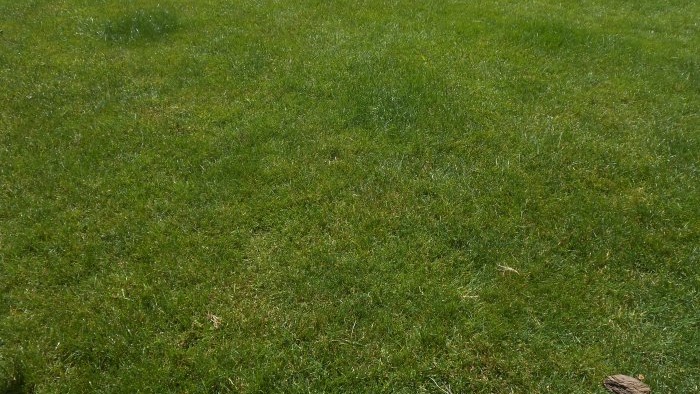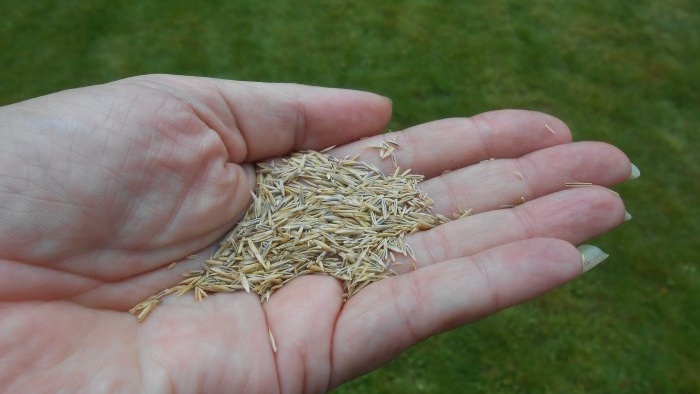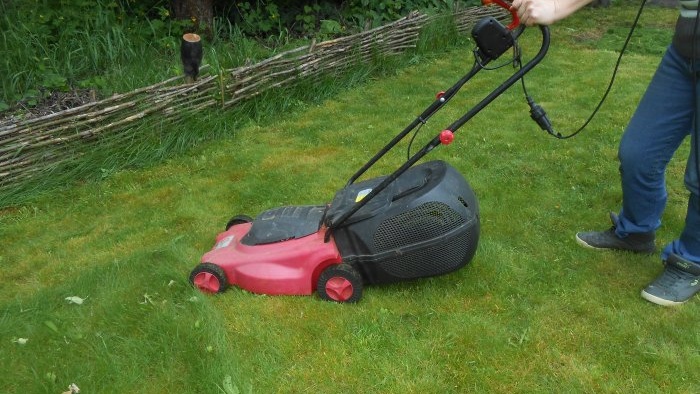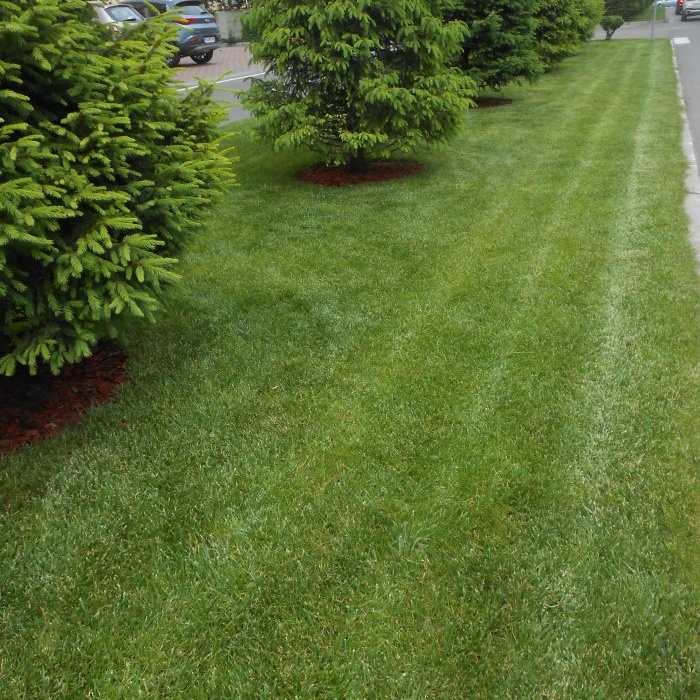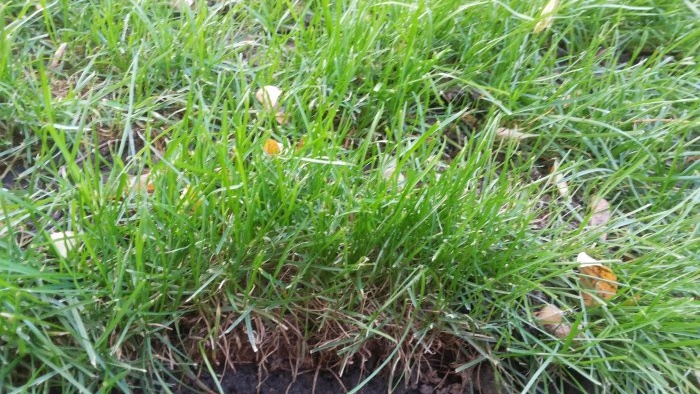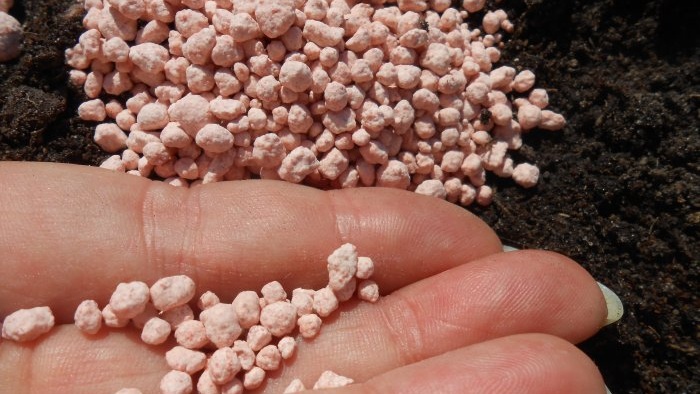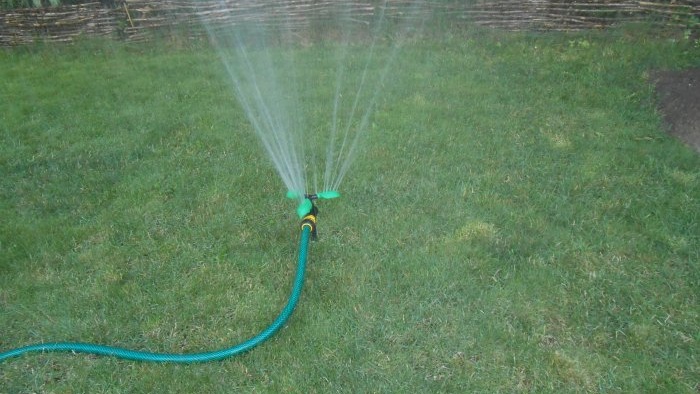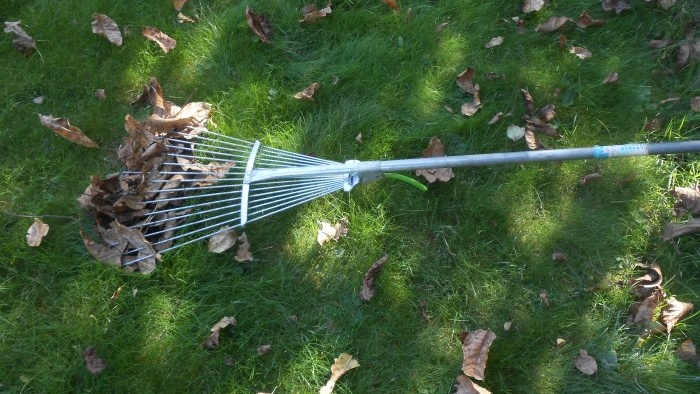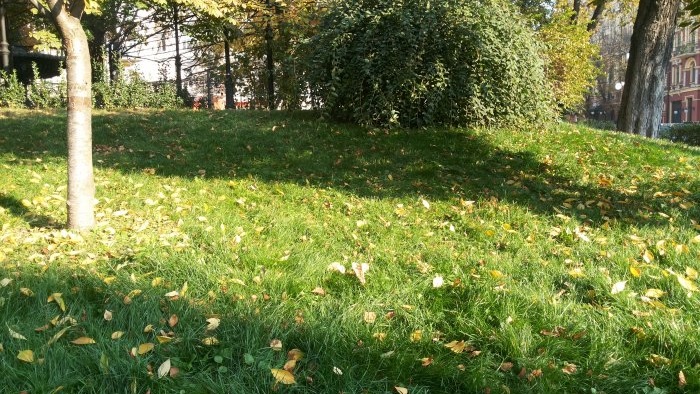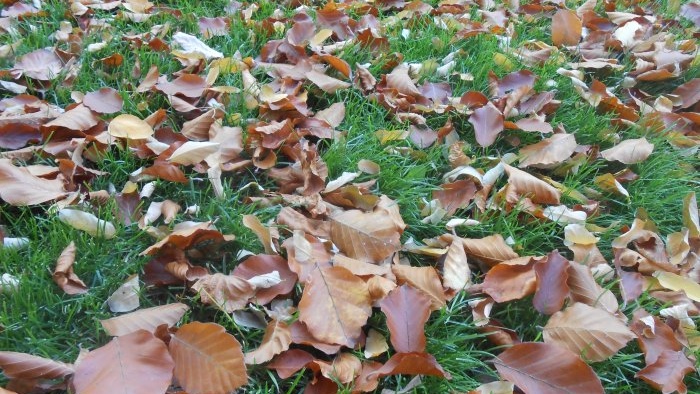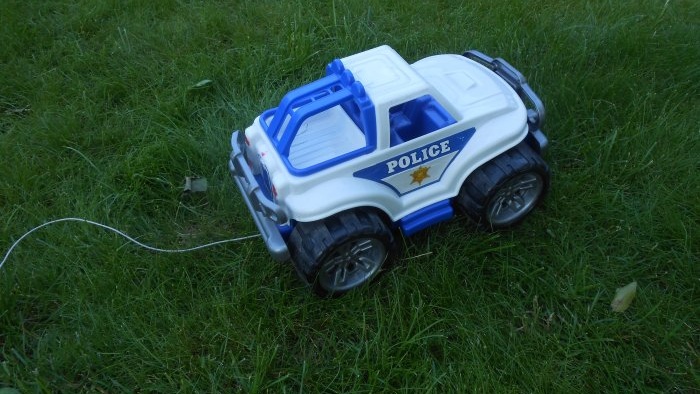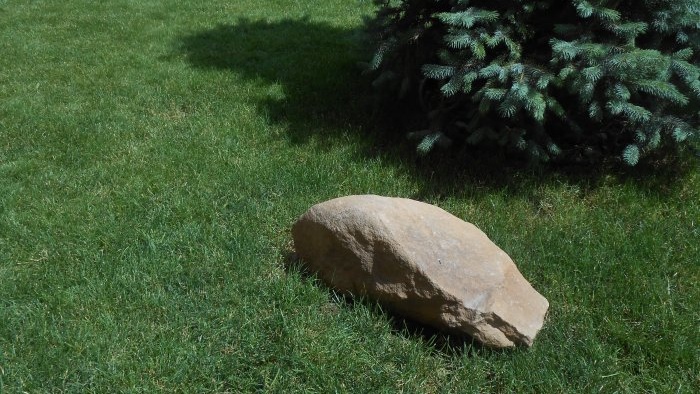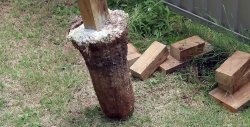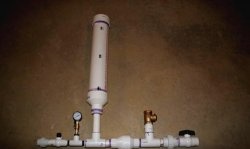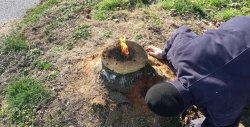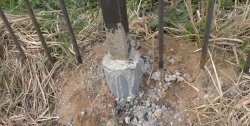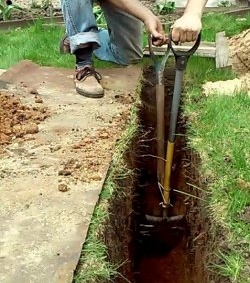Your lawn will be like in the movies if you do the right care: mowing, fertilizing, aeration
To ensure that your green lawn with emerald grass has an attractive appearance with the arrival of spring warmth, the grass stand must be carefully looked after at the end of the summer season.
By neglecting autumn activities that improve the condition of lawn plants, you risk seeing a sad picture after the snow melts in March - numerous bald spots, areas with withered grass and unattractive spots covered with mosses and mucus. Such a lawn will have to be restored by sowing grass, and it will take at least two months to restore its attractiveness.
The last mowing of ground cover lawn plants must be carried out 2-3 weeks before the onset of persistent soil frosts. The event is planned taking into account long-term forecasts of meteorologists. In some regions, mowing is carried out in September, and in some regions it will not be too late to mow the lawn grass in November.
In the conditions of warm autumn and the prolonged Indian summer, which we have been spoiled with in recent years, the green lawn is mowed at the same time as winter varieties of garlic and onions are sown.The optimal time for performing work using a lawn mower and trimmer is the last days of October - the first ten days of November.
It is very important to leave the grass at the correct height (about 5 cm). Mowing too low can result in the grass not having time to grow back before frost sets in. And excessively long stems that overwinter under a layer of snow and ice very often become damp during the frequent thaws characteristic of winters in the middle zone.
In autumn, lawn crops are fed with fertilizers with a predominance of phosphorus. Superphosphate (simple, double, granular) and any complex composition with a minimum nitrogen content, for example, “Potassium Monophosphate”, “Fertika Lawn Autumn” or “Bona Forte Lawn (Autumn)” are suitable.
Adding additional doses of phosphorus before the dormant period strengthens the root system of seedlings and also helps to increase the sugar content in the grass. The more sugar is present in the cell sap of plants, the better they resist frost. It is advisable to carry out the event before precipitation or deep scheduled watering.
Since phosphorus salts are absorbed by the grass root system at temperatures above +10°C, it is necessary to feed the lawn only in warm weather (September - October). Fertilizers are applied using a seeder after scheduled mowing, but before water-recharging irrigation. The distribution rate of each composition is described in the instructions.
It is recommended to calcinate the turf with a fork or special devices with hollow metal pins (mechanical or electric aerators) in those areas where melt or sediment water usually accumulates.
The procedure helps improve moisture and air exchange in the top fertile soil layer on the lawn, activates oxygen access to plant roots and prevents stagnation of water in the area during thaws or prolonged rainfall. Using ordinary forks, the top layer of soil is pierced to a depth of about 10 cm. The distance between the holes is 15-20 cm.
And in October or November you will only have to do the last mowing. And do not forget, before the first snowfall, to remove from the surface of the lawn any plant debris that has accumulated during the leaf fall of nearby trees and shrubs. Otherwise, under the wet layer of fallen leaves caught in the ice crust, the grass will simply dry out.
Let your lawn look well-groomed at any time of the year!
By neglecting autumn activities that improve the condition of lawn plants, you risk seeing a sad picture after the snow melts in March - numerous bald spots, areas with withered grass and unattractive spots covered with mosses and mucus. Such a lawn will have to be restored by sowing grass, and it will take at least two months to restore its attractiveness.
A haircut
The last mowing of ground cover lawn plants must be carried out 2-3 weeks before the onset of persistent soil frosts. The event is planned taking into account long-term forecasts of meteorologists. In some regions, mowing is carried out in September, and in some regions it will not be too late to mow the lawn grass in November.
In the conditions of warm autumn and the prolonged Indian summer, which we have been spoiled with in recent years, the green lawn is mowed at the same time as winter varieties of garlic and onions are sown.The optimal time for performing work using a lawn mower and trimmer is the last days of October - the first ten days of November.
It is very important to leave the grass at the correct height (about 5 cm). Mowing too low can result in the grass not having time to grow back before frost sets in. And excessively long stems that overwinter under a layer of snow and ice very often become damp during the frequent thaws characteristic of winters in the middle zone.
Top dressing
In autumn, lawn crops are fed with fertilizers with a predominance of phosphorus. Superphosphate (simple, double, granular) and any complex composition with a minimum nitrogen content, for example, “Potassium Monophosphate”, “Fertika Lawn Autumn” or “Bona Forte Lawn (Autumn)” are suitable.
Adding additional doses of phosphorus before the dormant period strengthens the root system of seedlings and also helps to increase the sugar content in the grass. The more sugar is present in the cell sap of plants, the better they resist frost. It is advisable to carry out the event before precipitation or deep scheduled watering.
Since phosphorus salts are absorbed by the grass root system at temperatures above +10°C, it is necessary to feed the lawn only in warm weather (September - October). Fertilizers are applied using a seeder after scheduled mowing, but before water-recharging irrigation. The distribution rate of each composition is described in the instructions.
Aeration
It is recommended to calcinate the turf with a fork or special devices with hollow metal pins (mechanical or electric aerators) in those areas where melt or sediment water usually accumulates.
The procedure helps improve moisture and air exchange in the top fertile soil layer on the lawn, activates oxygen access to plant roots and prevents stagnation of water in the area during thaws or prolonged rainfall. Using ordinary forks, the top layer of soil is pierced to a depth of about 10 cm. The distance between the holes is 15-20 cm.
The lawn care plan for September looks like this:
- 1. Haircut.
- 2. Aeration.
- 3. Feeding.
- 4. Watering.
And in October or November you will only have to do the last mowing. And do not forget, before the first snowfall, to remove from the surface of the lawn any plant debris that has accumulated during the leaf fall of nearby trees and shrubs. Otherwise, under the wet layer of fallen leaves caught in the ice crust, the grass will simply dry out.
Let your lawn look well-groomed at any time of the year!
Similar master classes

Timing for planting garlic before winter, how to determine the ideal time

Beautiful women's shirt for the spring season

Blossom rot of vegetables: simple feeding for prevention and

How to make good use of ash after a fire at your summer cottage?

Sanitary pruning of trees in autumn

Everyone pours out this liquid, but it turns out this is the best remedy
Particularly interesting
Comments (0)

